15 Ways To Support A Cat Who’s Learning To Trust Their Environment

Bringing a new cat home or helping a fearful feline adjust takes patience and understanding. Cats are naturally cautious creatures who need time to feel secure in unfamiliar surroundings.
When a cat feels safe, their true personality shines through, transforming them from a nervous shadow into a confident companion who enriches your home with their unique presence.
1. Create A Cozy Hideaway

Every nervous cat needs a personal sanctuary where they can retreat when feeling overwhelmed. Set up a quiet corner with a covered bed or box lined with soft blankets.
This safe space gives your cat control over their social interactions and helps reduce anxiety. Remember not to disturb them when they’re in their hideaway – this respects their boundaries and builds trust.
2. Maintain Consistent Daily Routines

Cats thrive on predictability. Feed, play, and clean litter boxes at the same times each day to create a sense of stability for your anxious friend.
When your cat can anticipate what happens next, their stress levels naturally decrease. This reliability forms the foundation of trust and helps them understand that their new environment is safe and dependable.
3. Use Pheromone Diffusers
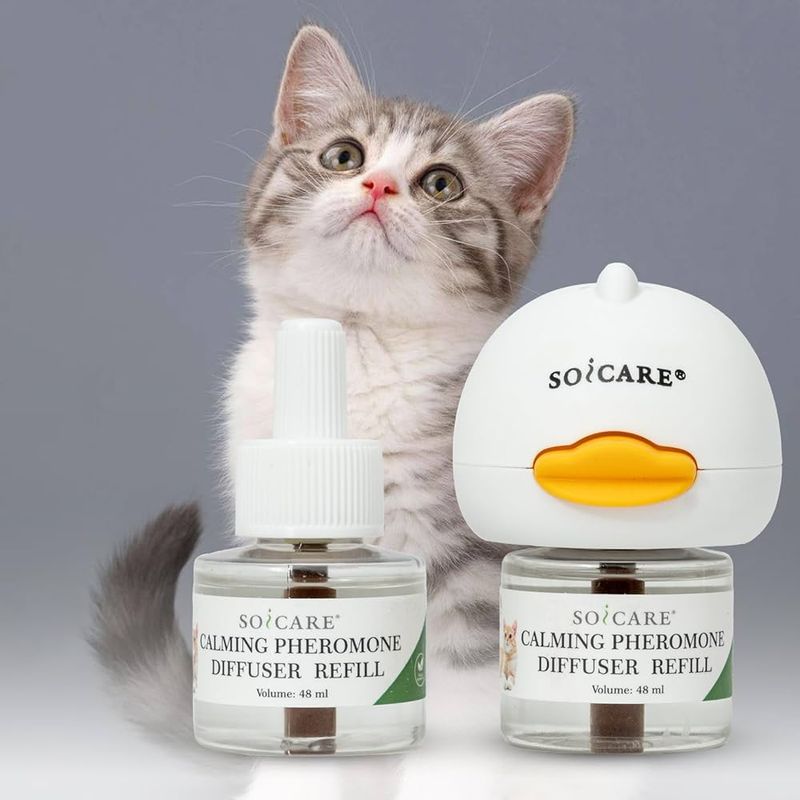
Synthetic feline facial pheromones mimic the natural scent markers cats leave when they feel secure in their territory. Plug-in diffusers spread these calming signals throughout your home.
Many cat parents report seeing dramatic improvements in their pet’s confidence within days of installation. These undetectable-to-humans scents reassure cats that they’re in a friendly, safe space where they can relax.
4. Speak Softly And Move Slowly

Sudden movements and loud voices can trigger a cat’s flight response. Practice gentle, slow movements when approaching your cat, and use a calm, quiet voice.
Sitting on the floor rather than towering over them can make you appear less threatening. Your consistent gentleness gradually teaches your cat that human presence doesn’t signal danger, building their confidence day by day.
5. Offer High Perches
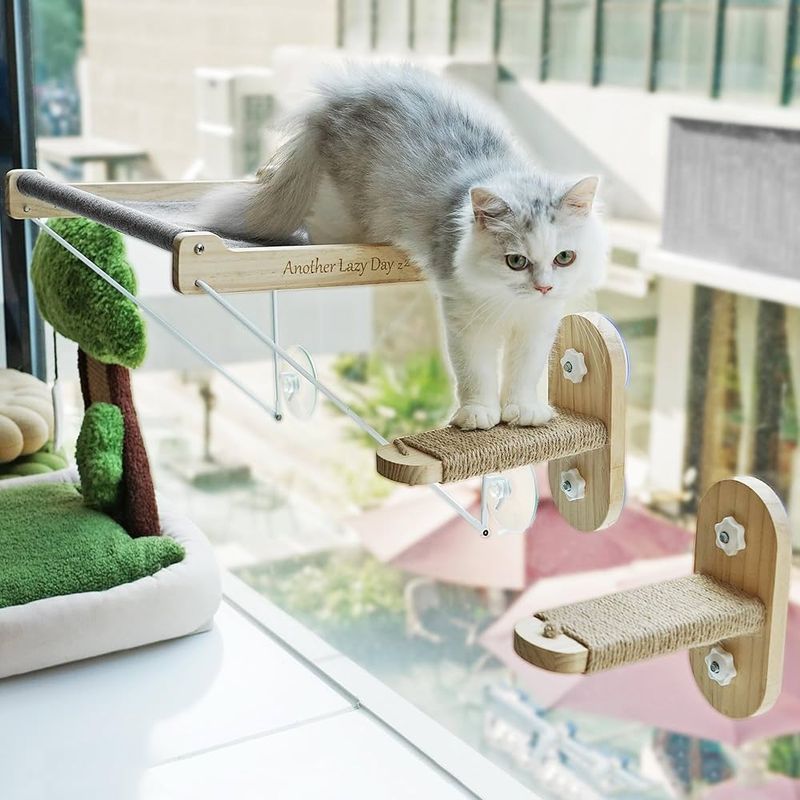
Cats naturally seek elevation when feeling insecure. Tall cat trees, shelves, or window perches allow them to observe their surroundings from a safe vantage point.
From these heights, cats can survey potential threats while feeling protected. This vertical territory expansion reduces stress significantly by giving them escape routes and observation posts, satisfying their instinctual need for security.
6. Use Food As A Trust Builder
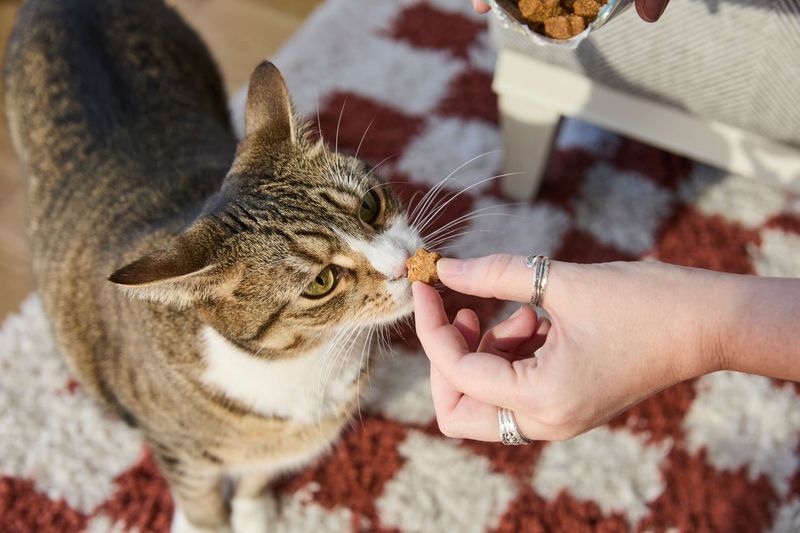
Hand-feeding special treats creates positive associations with your presence. Start by placing treats near you, gradually decreasing the distance as your cat grows comfortable.
Food is a powerful motivator that can override fear in many cats. The path to a cat’s heart often begins with their stomach! Just be patient—some cats may take weeks before accepting food directly from your hand.
7. Provide Interactive Toys
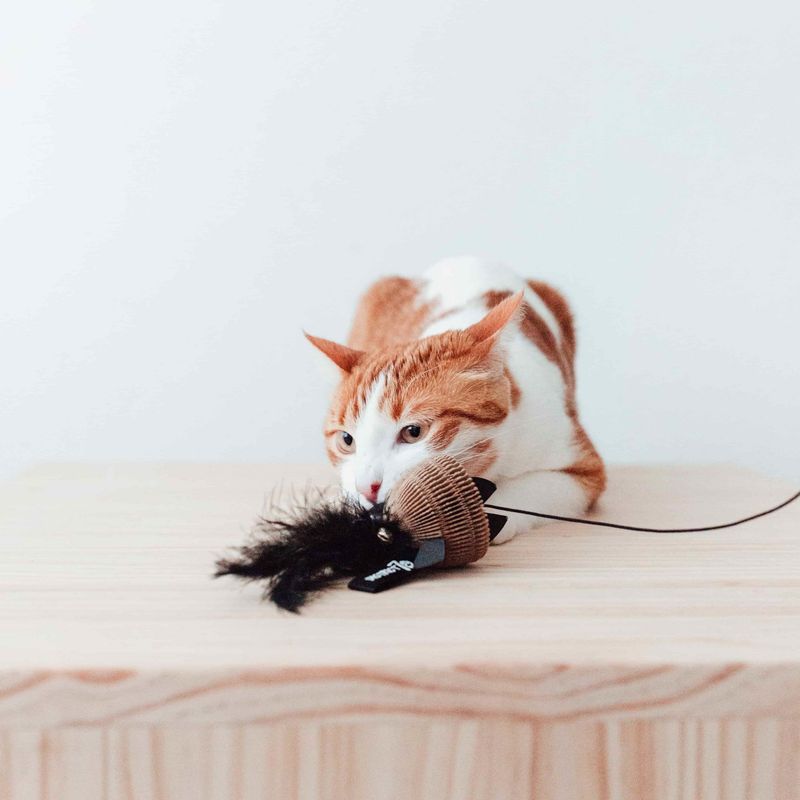
Wand toys with feathers or strings allow you to engage your cat from a distance they find comfortable. This non-threatening play builds positive associations without forcing close contact.
Play also releases endorphins that counteract stress hormones. When your cat associates you with fun rather than fear, they’ll gradually seek more interaction. The beauty of wand toys is they maintain a safe buffer zone for cautious cats.
8. Respect Their Personal Space

Forcing interaction can damage trust permanently. Allow your cat to approach you on their terms, even if progress seems painfully slow.
Patience truly pays off when building feline trust. Some formerly feral cats may take months before initiating contact. When your cat finally chooses to sit beside you or solicits pets, it’s an earned honor that reflects genuine trust rather than reluctant tolerance.
9. Create Predictable Pathways
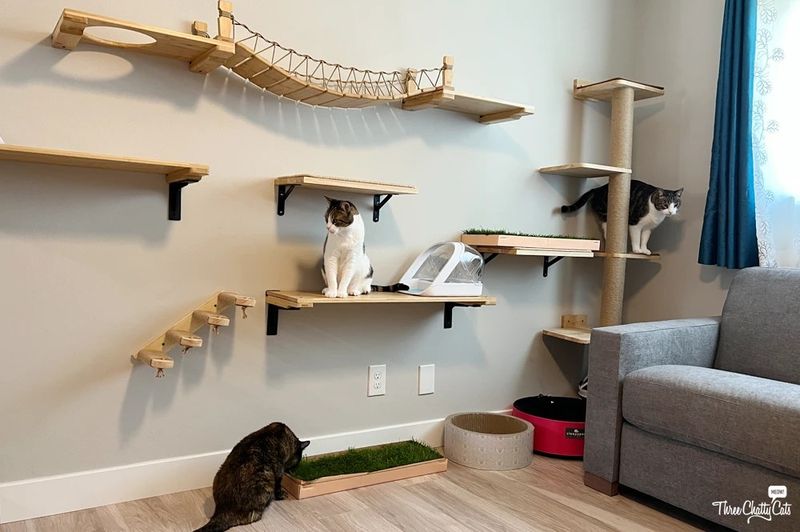
Arrange furniture to create clear routes through your home that give your cat options to navigate without feeling cornered. These pathways should include access to hiding spots and elevated areas.
When cats know they always have an escape route, they’re more likely to explore with confidence. Think of it as creating a feline highway system that empowers your cat to move freely without fear of being trapped.
10. Minimize Loud Noises
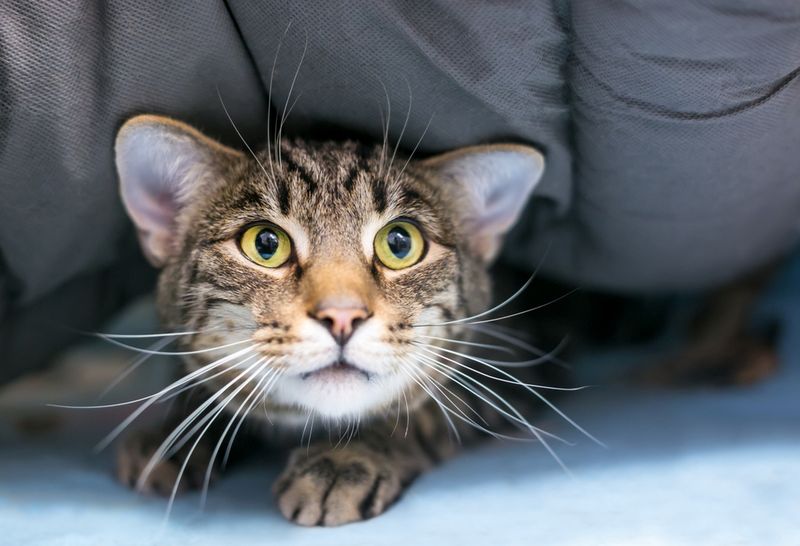
Sudden sounds like vacuum cleaners, blenders, or loud music can set back trust-building progress significantly. Consider creating a quiet schedule where noisy activities happen when your cat is in a separate, sound-insulated area.
If you’re expecting visitors or planning home repairs, prepare a quiet room where your cat can retreat. Their sensitive hearing makes sounds much more intense for them than for us humans.
11. Introduce Scent Swapping

Cats navigate their world primarily through smell. Gently rub a soft cloth on your cat’s cheeks to collect their scent, then apply this cloth to your hands before interactions.
This technique makes you smell more familiar and less threatening. You can also place items carrying your scent near their sleeping area so they associate your smell with safety and comfort while resting.
12. Establish A Gentle Grooming Routine

Short, positive grooming sessions help build physical trust. Start with just a stroke or two using a soft brush, ending before your cat shows any discomfort.
Grooming mimics how cats show affection to each other in colonies. The key is brevity—always leave them wanting more rather than overwhelming them. Gradually, many cats come to enjoy these sessions as bonding time.
13. Use Calming Music Or White Noise

Specially composed feline-friendly music with frequencies cats find soothing can help anxious pets relax. These compositions typically feature purring sounds and frequencies similar to a mother cat’s heartbeat.
Alternatively, gentle white noise can mask startling household sounds. Many cat owners report success with leaving classical music playing softly when they’re away, creating a consistent audio environment that feels predictable and safe.
14. Create Positive Associations With Carriers

Many cats associate carriers exclusively with stressful vet visits. Transform the carrier into a positive space by leaving it open in your home with comfortable bedding and occasional treats inside.
This preparation pays dividends when you eventually need to transport your cat. A carrier that smells familiar and feels like a safe den rather than a prison will significantly reduce travel anxiety for your sensitive companion.
15. Consider Supplements Or Medications When Needed

For extremely fearful cats, consult your veterinarian about calming supplements containing L-theanine or tryptophan. These natural compounds can take the edge off anxiety without sedating your cat.
In severe cases, short-term anti-anxiety medication might be appropriate while establishing trust. These tools aren’t substitutes for patience and environmental modifications, but they can help your cat become receptive to positive experiences during the adjustment period.






